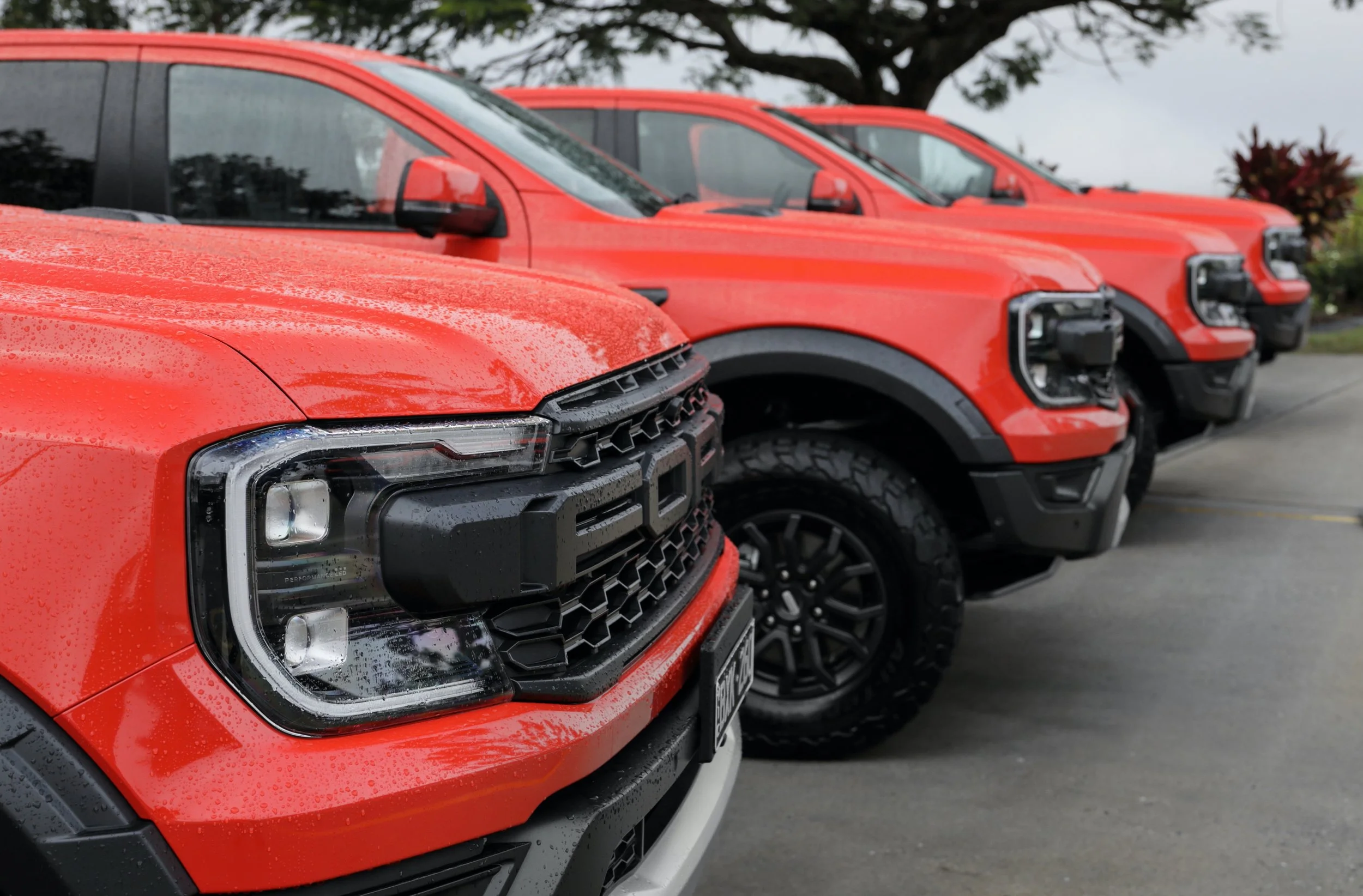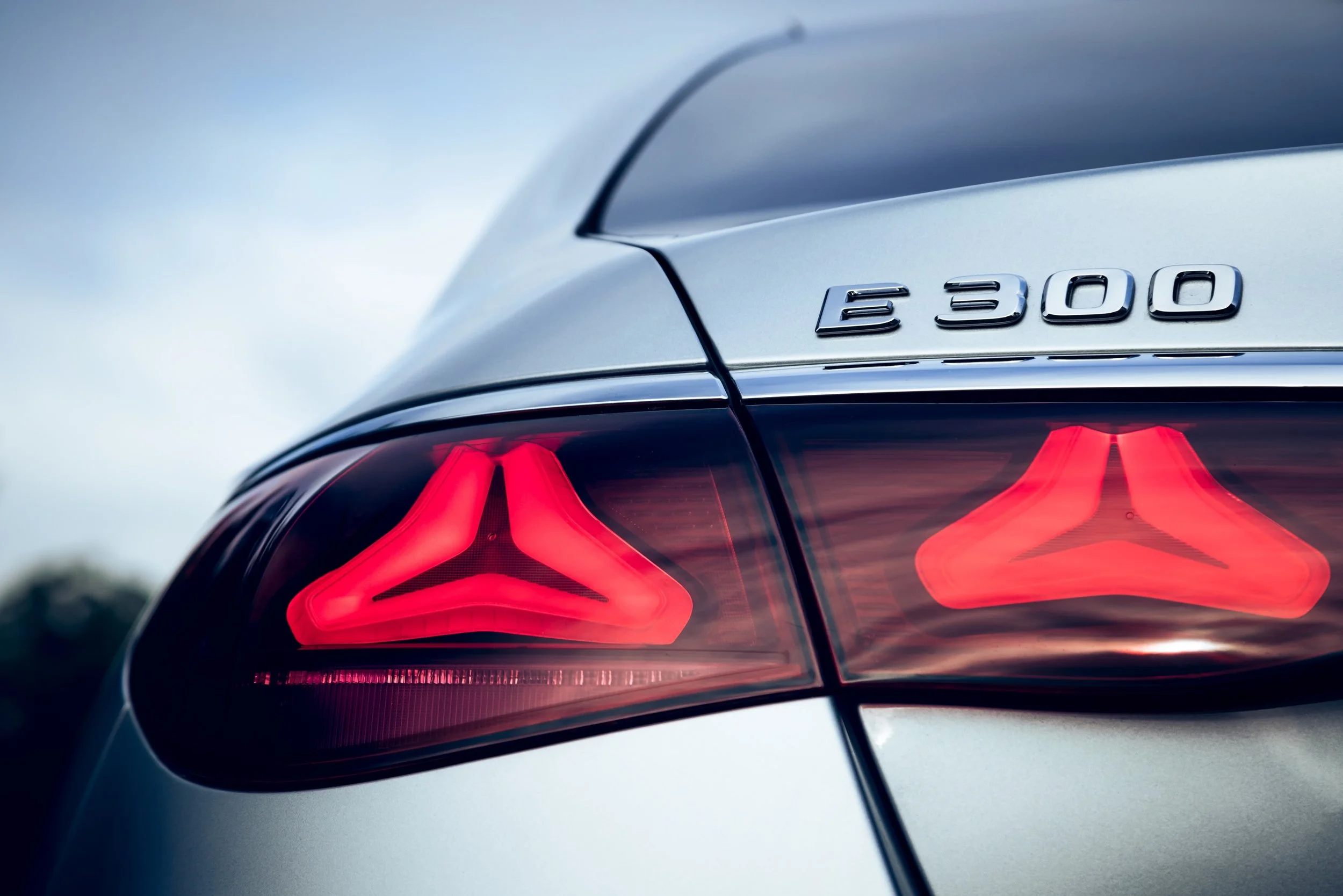Year on from ute frenzy, Ranger still rules
/This time last year, Kiwis were hell-bent on beating Clean Car – some trends have changed, yet old habits continue.
MARCH new vehicle sales being almost 25 percent down on the tally for the same month last year is no cause for alarm, a body representing distributors has explained.
The Motor Industry Association, which acts for almost all new vehicle importers, reminds the period a year ago was the final month before Clean Car legislation hit, a time when there was a frenzy to buy utes, a prime target for penalties.
Comparison a year on shows the full effect of that.
MIA principal technical adviser Mark Stockdale says last month’s tally of 15,997 passenger and light commercial registrations was 23.8 percent/5007 units below the count for March 2022, a month when registrations hit the highest on record.
The year-on-year swing was almost entirely felt in the commercial sector, where utes contain.
Registrations of 4371 commercial vehicles last month was a 55.5 percent, 5451 unit, drop on the same month of last year. Conversely, registrations of 11,626 passenger and SUVs last month presents as a four percent, 444 unit, gain.
With the latter, electric cars showed strength, with the Tesla Model Y and BYD Atto 3 showing the way in an EV accrual that captured 2656 units in total, while non-plug-in hybrids were also popular, with 2503 sold.
However the two utilities – Ford Ranger and Toyota Hilux – that have consistently dominated beyond Clean Car impacting are still the kingpins.
These easily remained the highest-selling models in March, with 1333 and 834 units respectively, with the Model Y behind in third, its 761 count making it the most popular passenger car.
Are buyer patterns changing? Stockdale believes year-on-year comparisons illustrate the effect Government policy can have on behaviour.
“March 2022 light commercial vehicles sales were the strongest ever, but have since struggled to regain strong performance with the impact of the CCD (Clean Car discount) fees most of these vehicles now attract,” he says.
Stockdale also sees an emergent trend toward less substantial cars, saying 60 percent of vehicles sold in March were compacts or smaller.
Toyota retained the overall market lead with 17 percent market share (2650 units), followed by Ford with 11 percent (1714) units then Hyundai eight percent and 1256 units – one more than sister brand Kia.

















